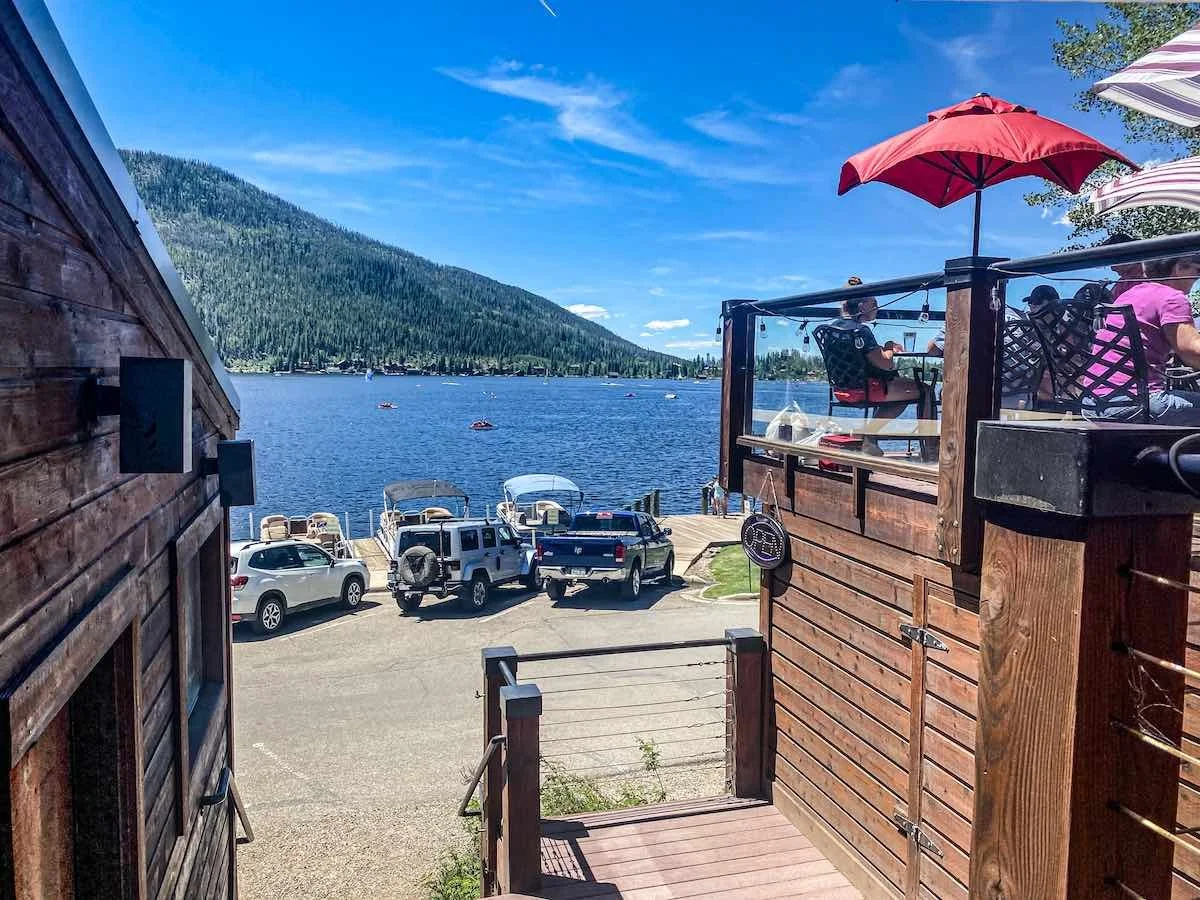Exploring the Origins of Grand Lake, Colorado: Natural Wonder or Man-Made Marvel?
Grand Lake, Colorado, is a destination that captivates visitors with its stunning beauty and serene environment. Nestled in the heart of the Rocky Mountains, this lake is often a topic of intrigue, especially regarding its origins. One common question that arises is whether Grand Lake is a natural body of water or a man-made creation. In this blog, we'll delve into the history and characteristics of Grand Lake to uncover the truth behind its origins.
The Natural Formation of Grand Lake
Contrary to some beliefs, Grand Lake is not a man-made reservoir but a natural lake. It is Colorado's largest and deepest natural lake, formed thousands of years ago. The creation of Grand Lake is a result of glacial activity during the last Ice Age. As glaciers moved through the area, they carved out the basin that would eventually be filled with water, forming what we now know as Grand Lake.
Geological Evidence
The geological features surrounding Grand Lake provide clear evidence of its glacial origins. The lake is surrounded by steep, craggy mountains, typical of landscapes shaped by glacial erosion. Additionally, the depth of the lake, which reaches over 265 feet, is indicative of the significant glacial activity that occurred in this region.
The Role of the Colorado-Big Thompson Project
While Grand Lake itself is a natural formation, human intervention has played a role in its current state. The Colorado-Big Thompson Project, one of the largest and most complex water diversion projects in the country, has impacted the lake. This project, which began in the 1930s, was designed to divert water from the Colorado River Basin to the Front Range and Plains for agricultural and municipal use.
Grand Lake's Connection to the Project
Grand Lake serves as a key component of the Colorado-Big Thompson Project. It is connected to Shadow Mountain Reservoir and Lake Granby, both of which are man-made reservoirs. Water from Grand Lake is pumped through the Alva B. Adams Tunnel, traveling a distance of 13.1 miles to the Estes Park area. This interconnection has led some to mistakenly believe that Grand Lake itself is man-made.
Grand Lake Today: A Blend of Natural Beauty and Human Influence
Today, Grand Lake remains a popular destination for tourists and nature enthusiasts. Its clear, deep waters are ideal for boating, fishing, and swimming, while the surrounding areas offer hiking, wildlife viewing, and breathtaking mountain scenery.
Environmental Considerations
The involvement of Grand Lake in the Colorado-Big Thompson Project does raise environmental concerns. The fluctuating water levels due to the diversion can impact the local ecosystem. Efforts are ongoing to balance the needs of water management with the preservation of the lake's natural beauty and ecological health.
Conclusion: A Natural Gem with a Touch of Human Ingenuity
In conclusion, Grand Lake, Colorado, is a natural lake, its origins dating back to the Ice Age. While human engineering has influenced its current role in regional water management, the lake's beauty and formation are the products of natural processes. Whether you're exploring its shores or admiring its tranquil waters, Grand Lake stands as a testament to the awe-inspiring power of nature, complemented by a touch of human ingenuity.
Grand Lake's story is a fascinating blend of natural history and human development. Its existence reminds us of the dynamic relationship between our natural world and our efforts to harness its resources. Whether you're a history buff, a nature lover, or simply seeking a peaceful retreat, Grand Lake offers a unique and enriching experience.

